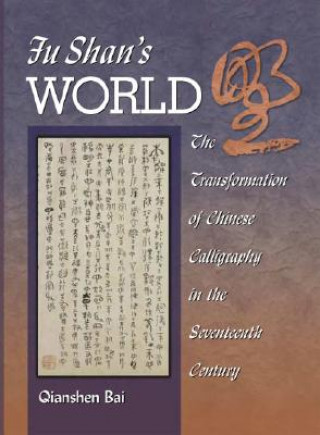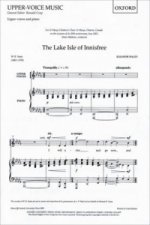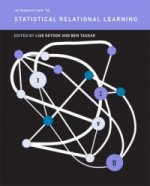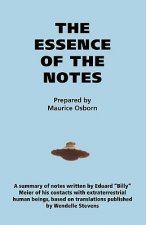
Livraison
Guide d'achat
16 126 809 livres à l’intérieur 175 langues






Afficher toutes les langues (175)
2 047 052 livres numériques à l’intérieur 101 langues






Afficher toutes les langues (101)





Cela ne vous convient pas ? Aucun souci à se faire ! Vous pouvez renvoyer le produit dans les 30 jours
 Bon d’achat
n'importe quelle valeur
Bon d’achat
n'importe quelle valeur
Impossible de faire fausse route avec un bon d’achat. Le destinataire du cadeau peut choisir ce qu'il veut parmi notre sélection.
Fu Shan's World
 Anglais
Anglais
 184 b
184 b
 common.delivery_to
common.delivery_to
Politique de retour sous 30 jours
Ceci pourrait également vous intéresser


For 1,300 years, Chinese calligraphy was based on the elegant art of Wang Xizhi (AD303-361). But the 17th-century emergence of a style modelled on the rough, broken epigraphs of ancient bronzes and stone artifacts brought a revolution in calligraphic taste. By the 18th century, this led to the formation of the stele school of calligraphy, which continues to shape Chinese calligraphy today. A dominant force in this school was the eminent calligrapher and art theorist Fu Shan (1607-1685). Because his work spans the late Ming-early Qing divide, it is an ideal prism through which to view the transformation in calligraphy. Rather than seek a single explanation for the change in calligraphic taste, the author demonstrates and analyzes the heterogeneity of the cultural, social and political processes behind it. Among other subjects, the book covers late Ming interaction between high and low culture; the role of publishing, the Ming loyalist response to the Qing; and early Qing changes in intellectual discourse. In addition to the usual approach of art historians, it adopts the theoretical perspectives of such fields as material culture, print culture, and social and intellectual history.
À propos du livre
 Anglais
Anglais


 Contact
Contact Comment faire ses achats
Comment faire ses achats

























